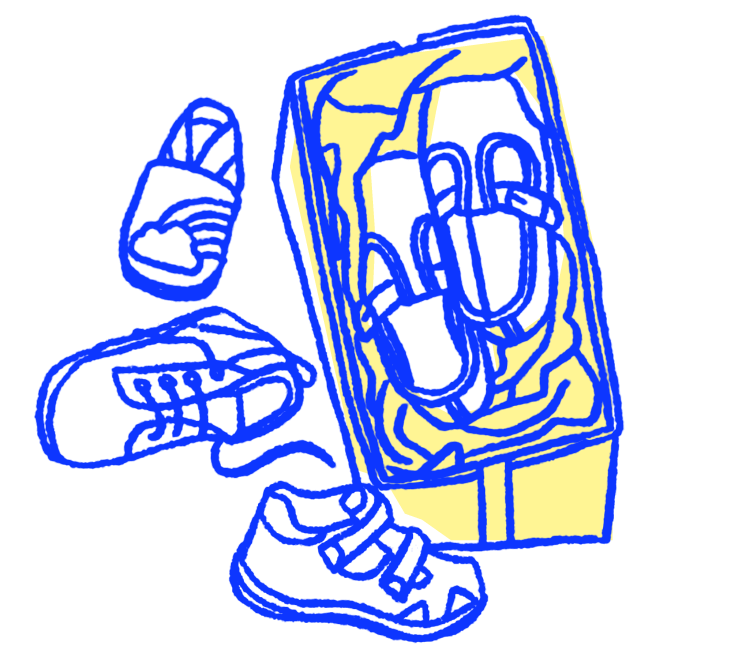
Looking for families
Are you affected by the benefit cap and/or two child limit?
Do you have three or more children?
Do you live in Leeds, Bradford, Greenwich, Tower Hamlets, Hackney or York?
If you answer yes to these questions, we’d love to hear from you!
Family feedback so far

Meet the team
We’re a team of university researchers trying to find out how families are coping with the benefit cap and two child limit. This is part of a big project trying to understand how these policies are affecting families.
We’re hoping to speak to parents who are affected by the two child limit and/or benefit cap so we can learn about people’s experiences and understand how these policies are impacting families.
Questions you might have
Click to see answer
What’s this research all about?

The two child limit and benefit cap are policies that particularly affect larger families. We’re trying to find out the impact of these changes on larger families and share these findings with policymakers. We’re researchers from the universities of York, Oxford and the London School of Economics, and we’re also working with the charity – Child Poverty Action Group (CPAG).
What does taking part involve?
One of us would arrange to interview you at a time that’s good for you. We’d ask you questions about your experiences of the benefit cap/two child limit. You wouldn’t have to answer any question you didn’t want to. We’d then contact you to ask if you’d like to take part in two more interviews over the next year. At the moment we’re doing the interviews by phone (but might do in-person interviews later on if Covid regulations allow and only if you’d like to meet up face-to-face).
What are the benefits of taking part?

We’re able to provide a £20 shopping voucher as a thank you for each interview you take part in. By sharing your experiences with us, you’d be helping build evidence about the two-child limit and benefit cap; evidence that we can share directly with politicians and with people working as civil servants (for example, in the DWP). The two-child limit and benefit cap are a really big change to how our social security system operates – and by sharing your experiences – you can directly inform discussions about them.
Who will be interviewing me?
One of the researchers from the project team. You can meet each researcher in the video above and find out more about them here.
What about confidentiality?
What you say will be kept confidential, unless the person interviewing you thinks that you or someone else might be at risk of harm. If this happened, we’d talk to you first about the best thing to do. Everyone we interview will be given an alias (pretend name) and we will anonymise everything you tell us before we share it, so you can’t be identified from what you’ve said.
How can I take part?
If you’d like to find out more or take part, then please get in touch.






I'd like to be involved
Or maybe you just want somebody from the team to give you a call to talk about the project more. We just need to confirm a few quick details. Fill out the form below.
Where do you live?

For timely project updates, and nothing else
Your details are safe with us. We will never share them with anyone else, and it’s easy to opt-out at any time. Check out our privacy policy here.